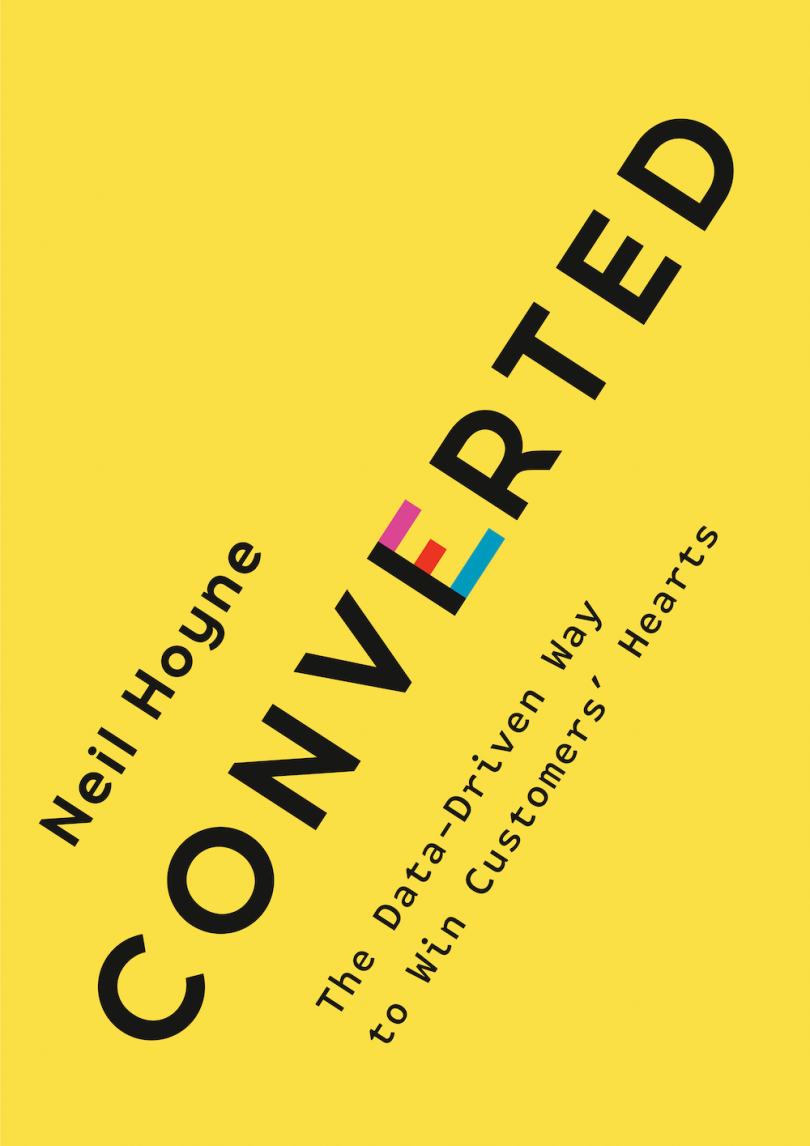I sat at a noisy vegetarian bistro with a handful of retail marketing execs who had been trying to turn around their stale but promising brand. The CMO and his team had teased some rather lofty ambitions. They brought me in to offer feedback on their journey to a better place.
“We’re excited about the opportunity here,” they said. “We’re going to digitally transform our business.”
Usually, this is where I get concerned. Digital transformation is quickly earning its place in the upper echelons of bullshit business-speak, right next to innovation, acceleration and amplification. Too often these kinds of grandiose ambitions end merely with a refreshed app icon and launching curbside pickup.
What they unveiled was arguably worse: a $70 million software engagement to build out the most comprehensive data-management program the company had ever seen, uniting all their customer data, every touch point, everything imaginable.
It would be ready in only two and a half years. I was appalled. What’s going on here? These were skillful marketers, after all. “Well!” they said. “It doesn’t make a lot of sense to do anything until we get all of the data in place. Once we do, we’ll be able to hire hundreds of data scientists to streamline all of our decision making.”
They were really proud of this. Like it was a legitimate plan.
Digital transformation is quickly earning its place in the upper echelons of bullshit business-speak, right next to innovation, acceleration and amplification.
I couldn’t help myself. “So you have a multimillion-dollar project, you got the board to make this huge capital investment, you’re not going to show any returns for three years — and you think this makes sense?”
“Well, yes, because the data has to be perfect first!”
I sat there thinking, But what about your retail stores, which don’t share any customer data back with you? Where is that coming from? Where does your brand value fit in? Or word of mouth? You’ll still be missing large pieces of the conversation. What about the value of the data you have on customers today? Are you happy to give that opportunity up?
The company’s ambitions never played out. It took too long just to set up all the pieces. The board grew tired of waiting for results. The CMO is gone, and the brand shuffled between a few more private equity groups. But the legacy remains. Nobody will touch a similar project again.
3 Principles of Collecting Customer Data According to Google’s Chief Measurement Strategist
- Get moving.
- Start with people.
- Know everyone’s name.
Why You Need to Start Simple
When people feel they’ve lost control of circumstances, they tend to turn to high-involvement products that require hard work to fix things. It’s that January-gym-membership effect. Signing up feels like a tangible result, and that’s what you’re looking for. Does it work? Not really. Eighty percent of those new customers won’t make it past April.
That’s why the retailer was so proud of its software child. That’s where most companies that are trying to tie together their data start. It’s where they stop, too. Ask executives if their CRM system is helping business grow, and 90 percent will say no.
Customer conversations are not about capturing every single interaction. That’s exactly where most companies start with data, and it doesn’t make sense.
Understanding your customers isn’t about capturing every nuance of their behavior — every product they look at, and for how many milliseconds; how many times they place something in their shopping cart, then put it back on the shelf — without any sense of what actually matters. The fact is that the more information you try to gather, the more you miss, and the more you spend. Learn to recognize the signals that are important — and learn what not to obsess over. A marketer who can focus on what’s necessary to move a business forward today is ten times more valuable than one who gushes about the latest opportunity to connect everything in life to the internet. Come on. My flip-flops don’t need to be connected to the internet, but I’m sure that someone somewhere is pitching that right now.
How to Start Simple
We have three principles to embrace. Nothing extravagant. This is about focus.
Get Moving
The priority is simplicity. The more complicated the approach gets, the harder it is for us to make progress, the harder it is for us to have accurate data and the harder it is for us to pull it. Keep things as simple and as lightweight as possible for now. Small teams. Swift action. Some of the most successful marketers I know spend no more than a couple hours setting up a database in the cloud and work from there; it’ll be sloppy, and it might not scale well, but it’s enough to get moving. Start with a workshop, not a factory. We don’t need a huge CRM when a spreadsheet will do. We’ll add more data as we go, but we’ll do it with purpose. Every week I meet another company that’s spent a year obsessing about how to store its data. The best marketers aren’t doing that; they’re obsessing over how they can use their data, keeping it simple, showing they can make money and building from there.
Start With People
The finest source of truth is straightforward. It’s money. If we made money from a customer, we know where that money came from, and we know who that customer is. That’s the spreadsheet we’re building. That’s also the spreadsheet CFOs respect. They tend to care less about your leads or app downloads than about what’s in the bank. Data organized on the basis of channels, campaigns or products is the wrong way to look at this. Start with the people.
Know Everyone’s Name
The third principle: We need to know as many names as possible, because that will help us tie everything together. Actual names. Email addresses. Loyalty program numbers. Something that allows us, when we look across systems, to know that the person over here is the same person there. The importance of this principle cannot be overstated. One entertainment company knows everyone by up to twenty-seven different IDs — one for each system, with no common connection. The company can’t hold a decent conversation because they keep losing their place.

You need to be able to identify your customers. Offer incentives to encourage them to register for an account — exclusive content, promotional offers, coupon codes. (Just don’t go overboard and give away your margin.) Use a single-sign-on provider like their Google or Facebook ID to ease the burden. Some companies get more creative with tools like email-campaign tagging to help identify customers across multiple devices.
The point is this: Regardless of the approach you use, focus on identifying as many people as possible. Don’t simply accept that only a few will give you their names before making a purchase. Work at it. Find the right balance, the approach that yields the most names at the lowest cost. It’s that important.
* * *
Excerpted from CONVERTED: The Data-Driven Way to Win Customers’ Hearts by Neil Hoyne, now on sale from Portfolio, an imprint of the Penguin Publishing Group, a division of Penguin Random House, LLC. Copyright © 2022 by Neil Hoyne.





